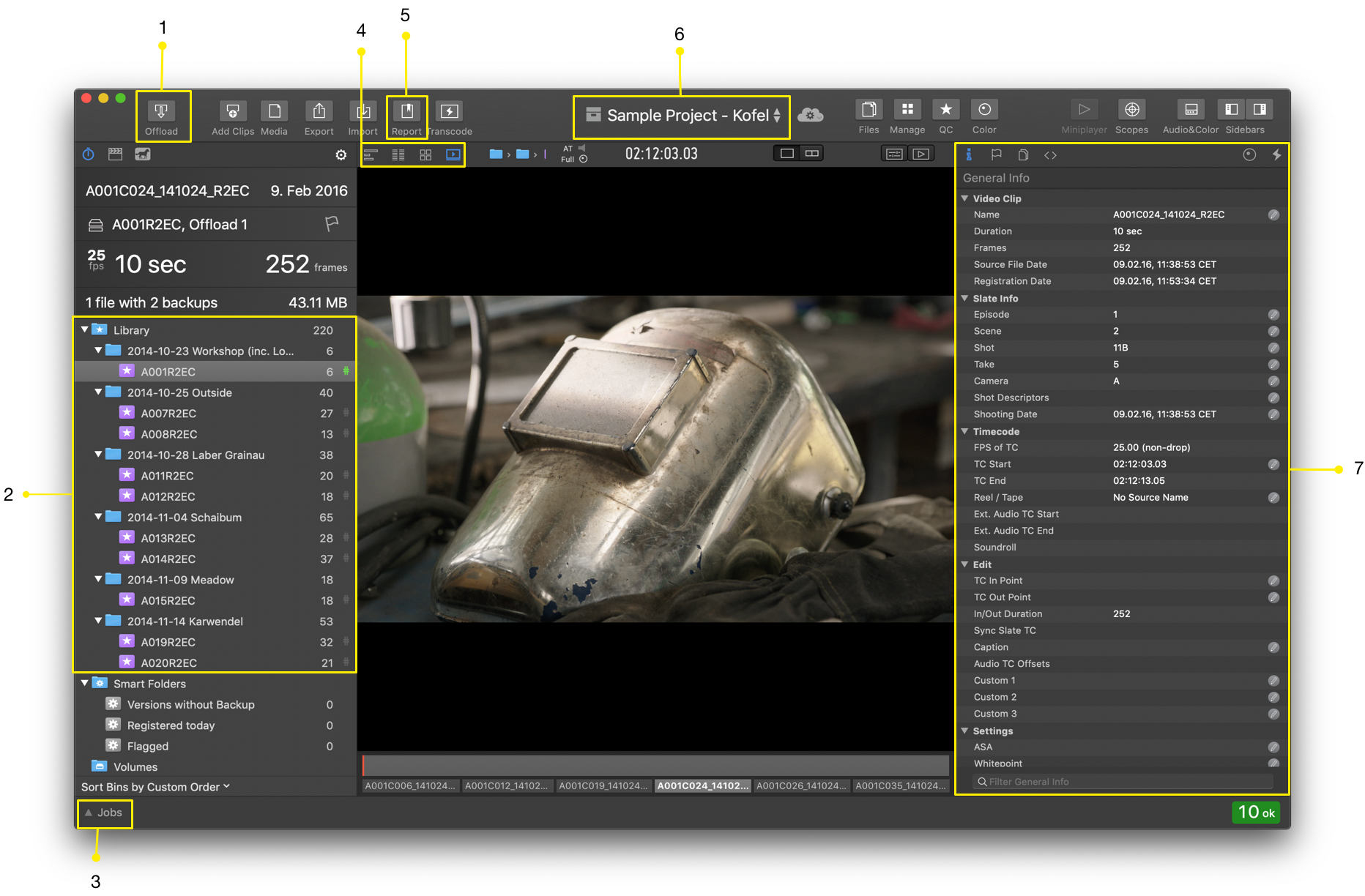

Quit: You can quit the application to open the project again with a later version of Silverstack that is compatible with the library version.You can again change to other projects from within the application then.

Open with New Project: To be able to access Silverstack even though the particular project can’t be opened, you can create a new project to start with.Automatic backups can be enabled in the Silverstack preferences’ “Backups” tab as well as manually triggered. Backups are automatically created during migration. Restore Backup: Silverstack automatically offers the possibility to restore the last state for which a backup was created that is compatible with the opened version of Silverstack.1 shows.Īt this point you have three options that you can choose from with the buttons: When you open a project that has been created with a later version of Silverstack in an older version the alert from Fig. 1: The “Incompatibly Silverstack Lab Library Version” Alert, applies also to Silverstack If you are forced by any circumstance to move back to an outdated library version of Silverstack, you can restore a backup that has automatically been created during the migration process. You can learn more about the migration of libraries in the article “How to manually migrate Silverstack 5 projects to Silverstack 6 or Silverstack Lab 6”Īfter the migration your library is in a later/newer state and therefore not compatible anymore with older versions of Silverstack. That process establishes compatibility of the existing library with the new library version.

When updating Silverstack to a newer version the existing library is migrated to the latest version. The term “Library Version” basically refers to the state of the Silverstack database and which information it can currently store. Like this you avoid the situation this article takes care of. We always recommend to use the latest version of Silverstack/Silverstack Lab which can be downloaded on the Pomfort Downloads page. In the “Projects” preferences it is possible to make sure that the static representation of the extracted dynamic metadata, that is used for the General info and table view library, follows the thumbnail frame: Silverstack XT and Silverstack Lab provide an extended functionality to leverage the dynamic metadata for generic clips reporting. The additional lens fields can be exported to clips reports to enhance their information. That also allows Silverstack users to benefit from the dynamic metadata functionality and receive lens and other dynamic metadata for the first frame. Using Extracted Dynamic Metadata for Reportsįor clips that support the extraction of dynamic metadata Silverstack extracts the dynamic metadata of the first frame already on ingest. They mirror data from the library and can also be edited in the General Info of the right sidebar. The metadata can now be inspected during playback or while scrubbing through a clip.įor completeness concerning lens metadata three additional static fields have been added to the lower section of the panel: 4: The dynamic metadata panel with successfully extracted metadata


 0 kommentar(er)
0 kommentar(er)
